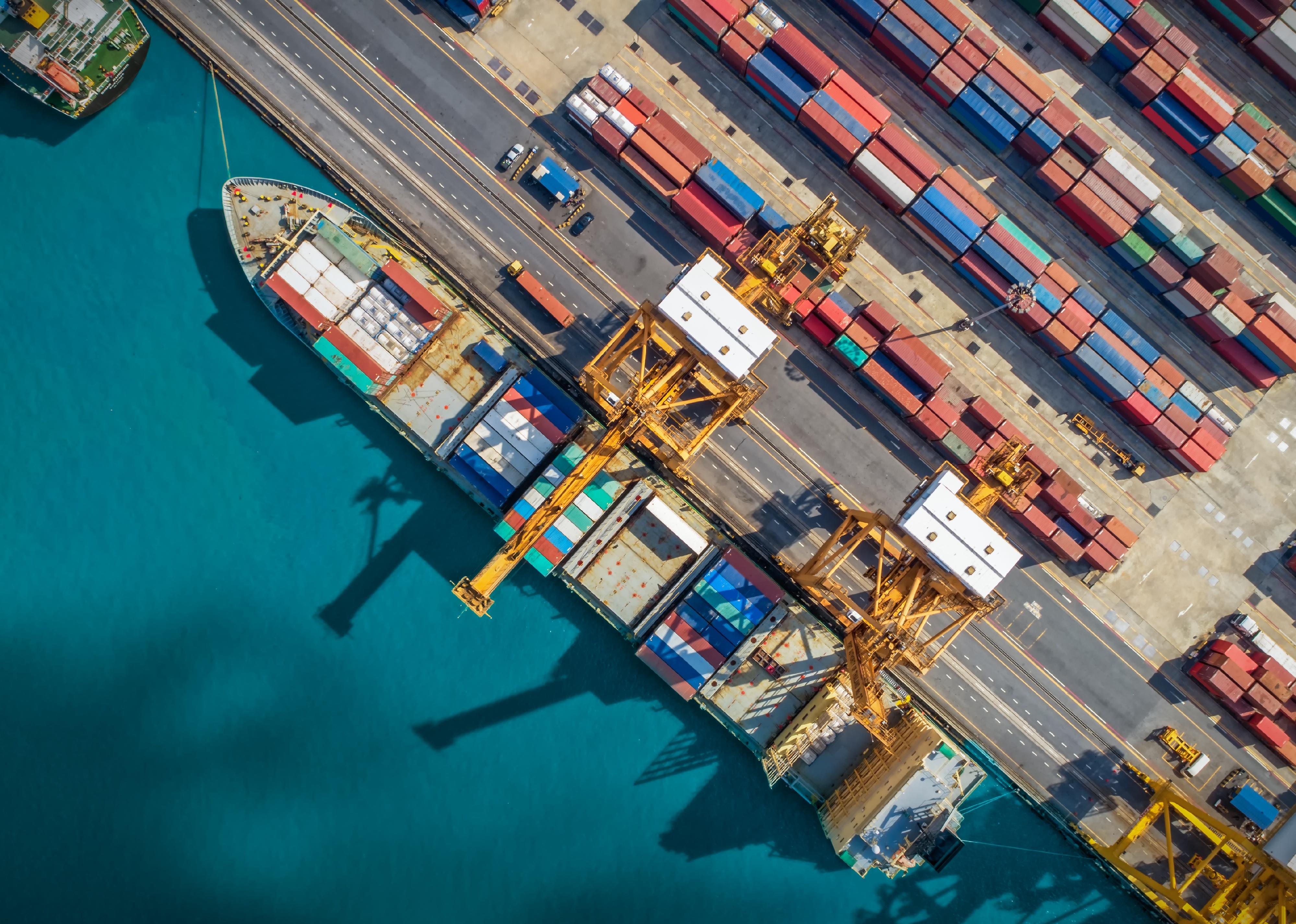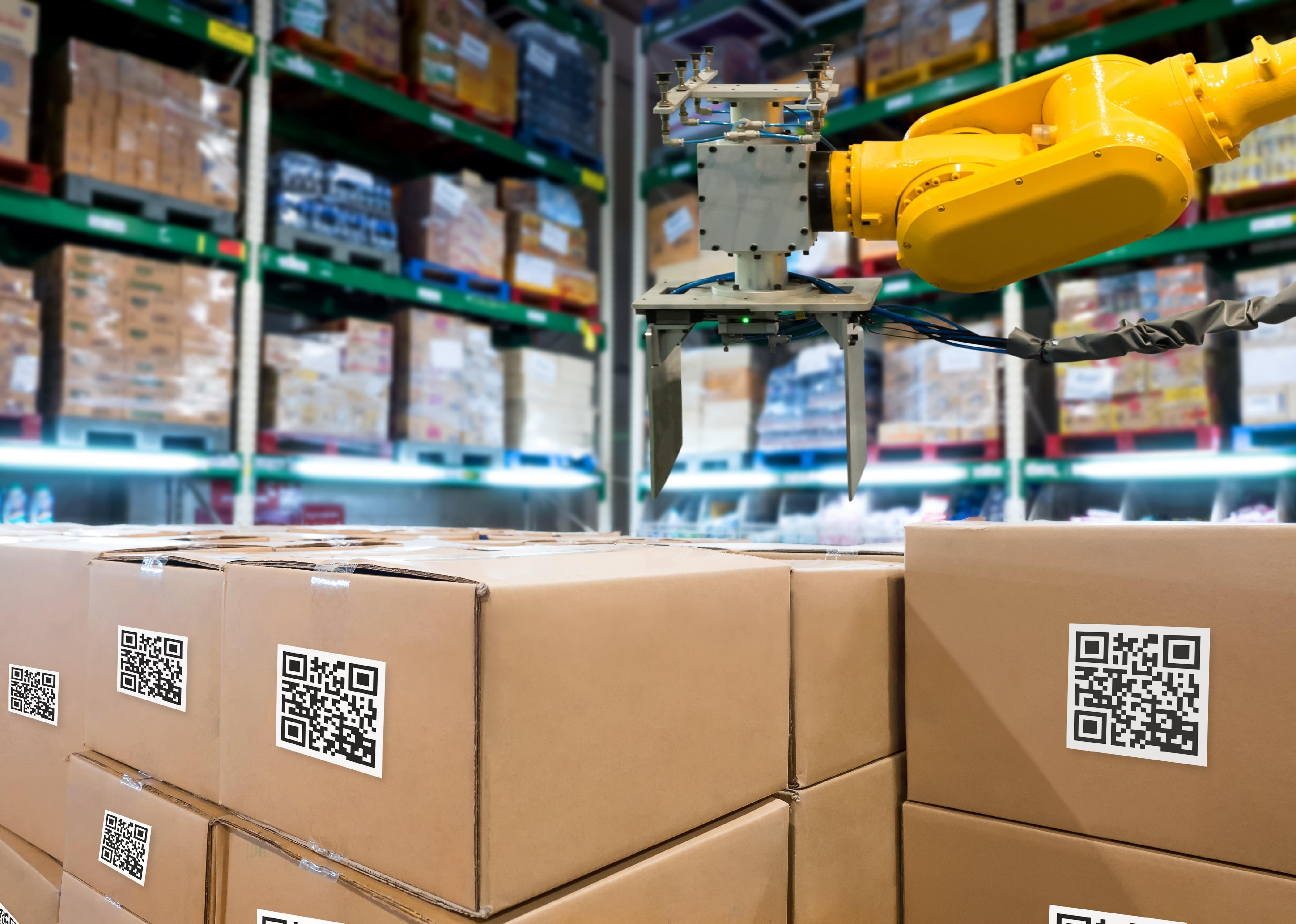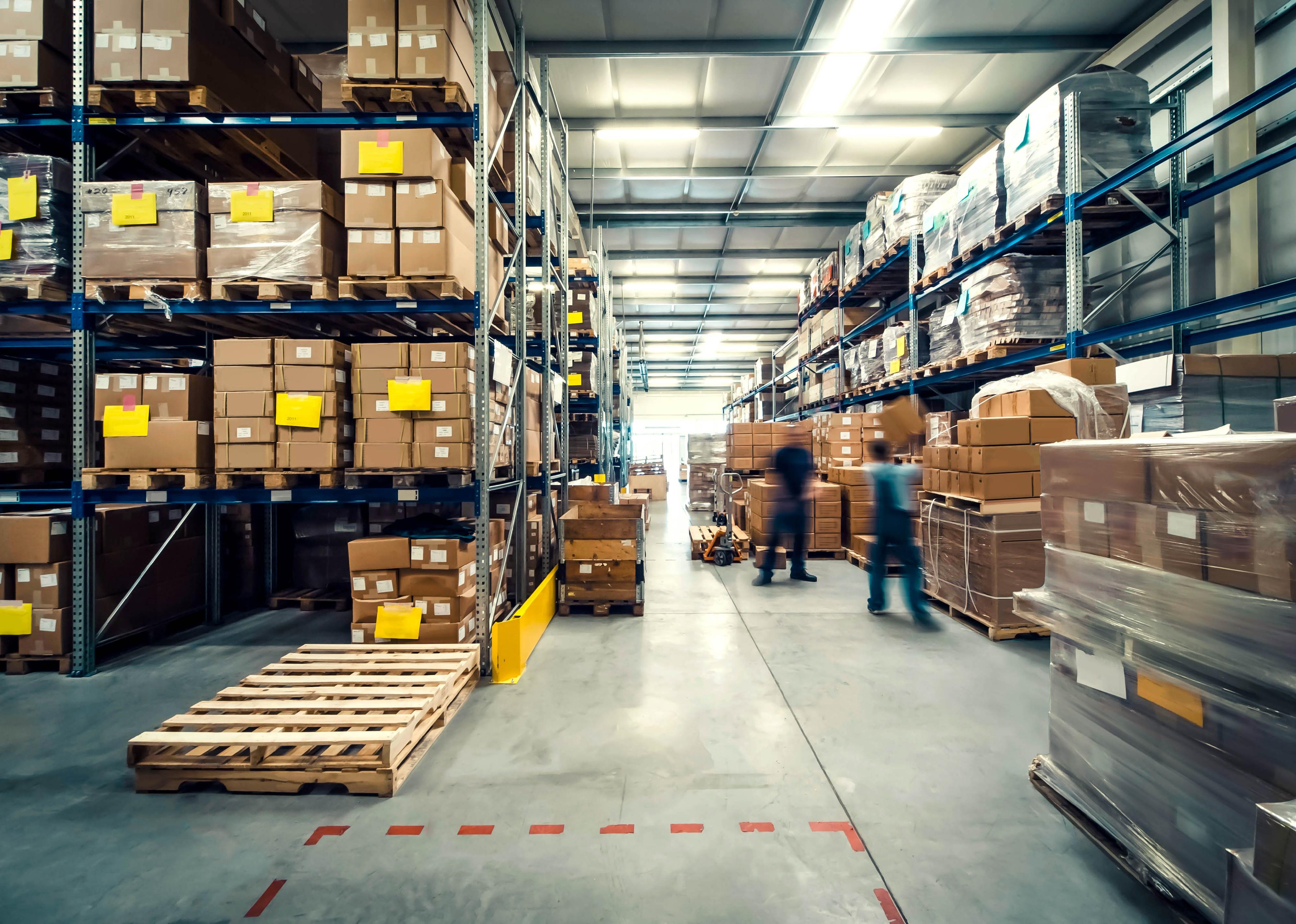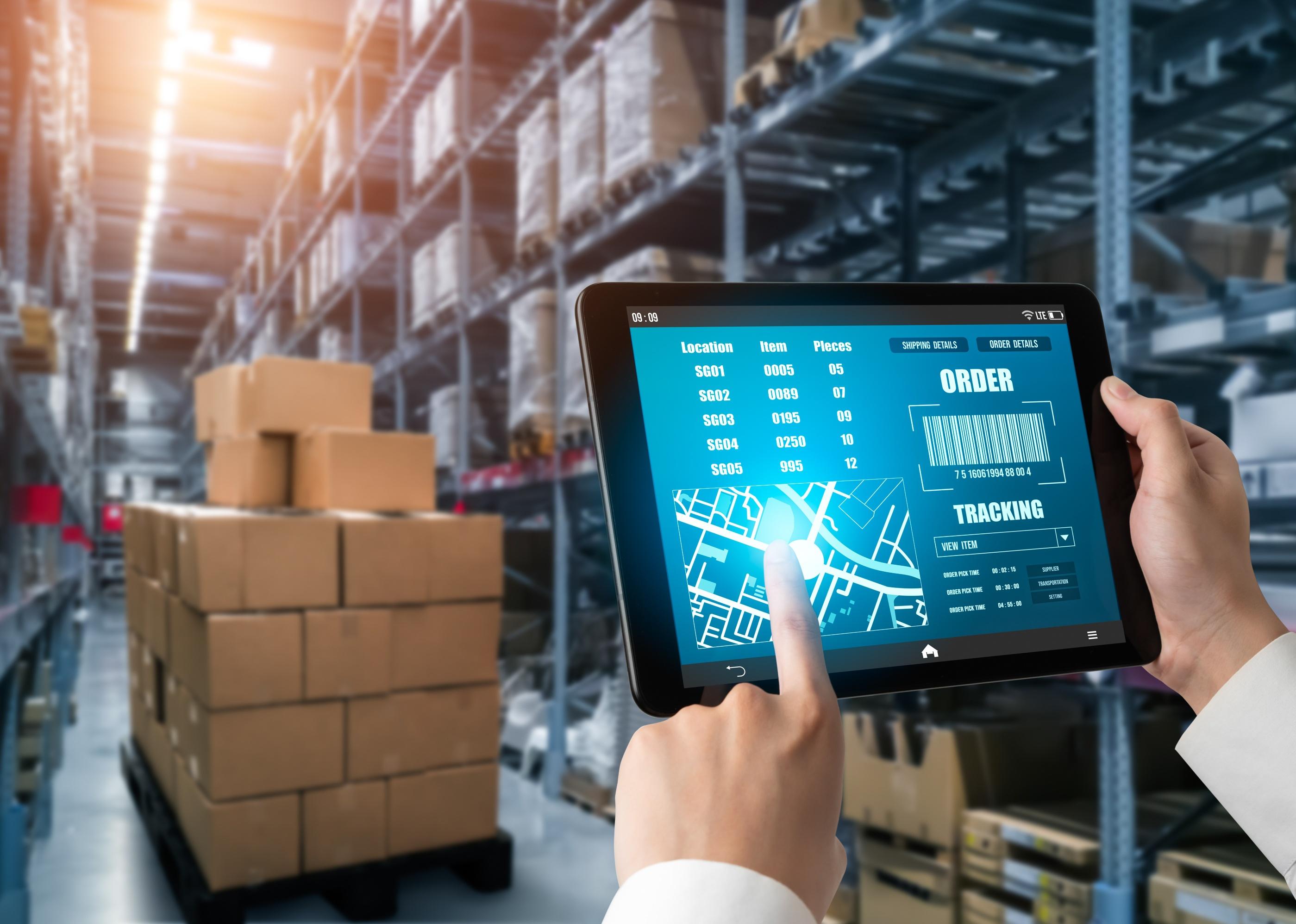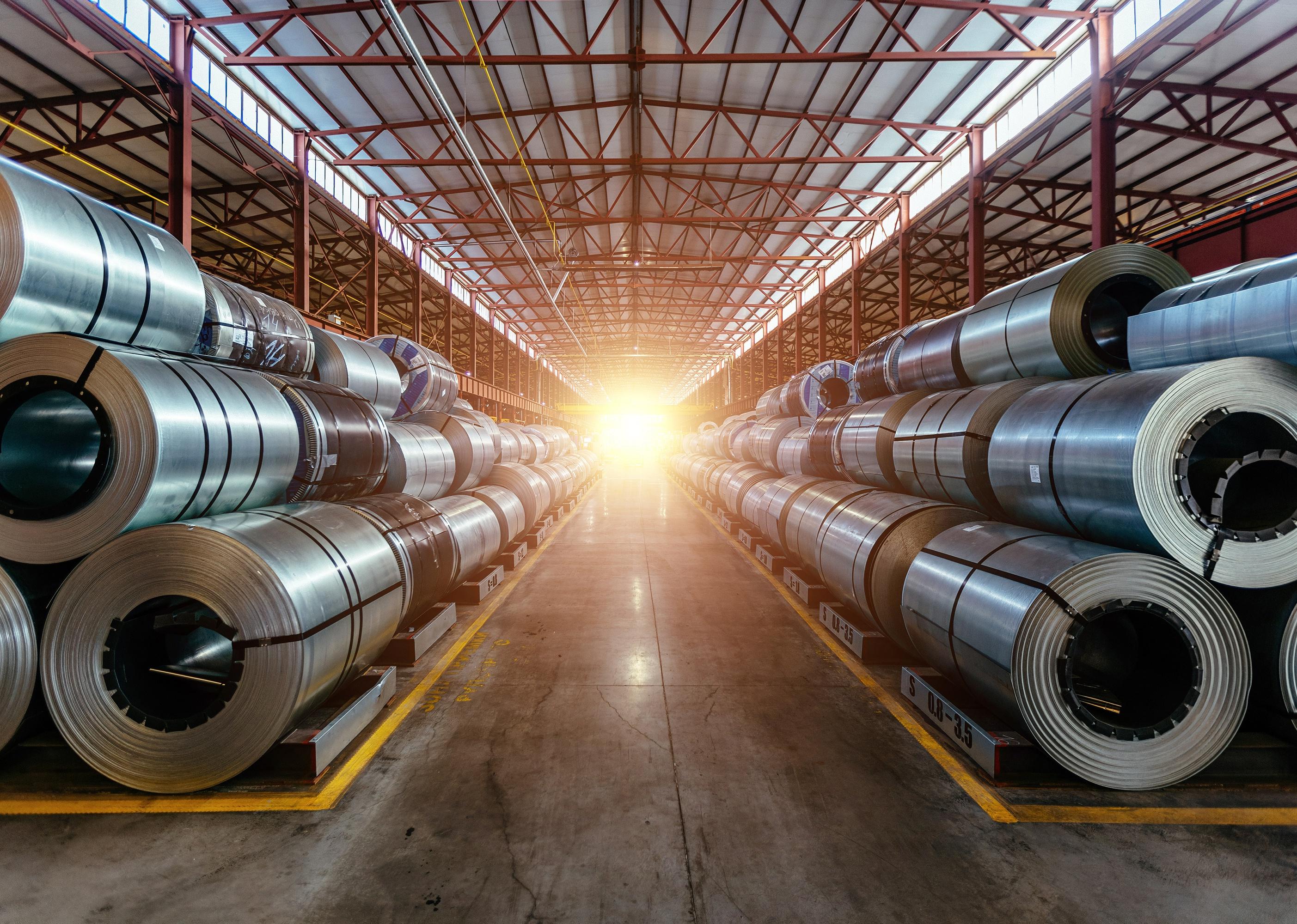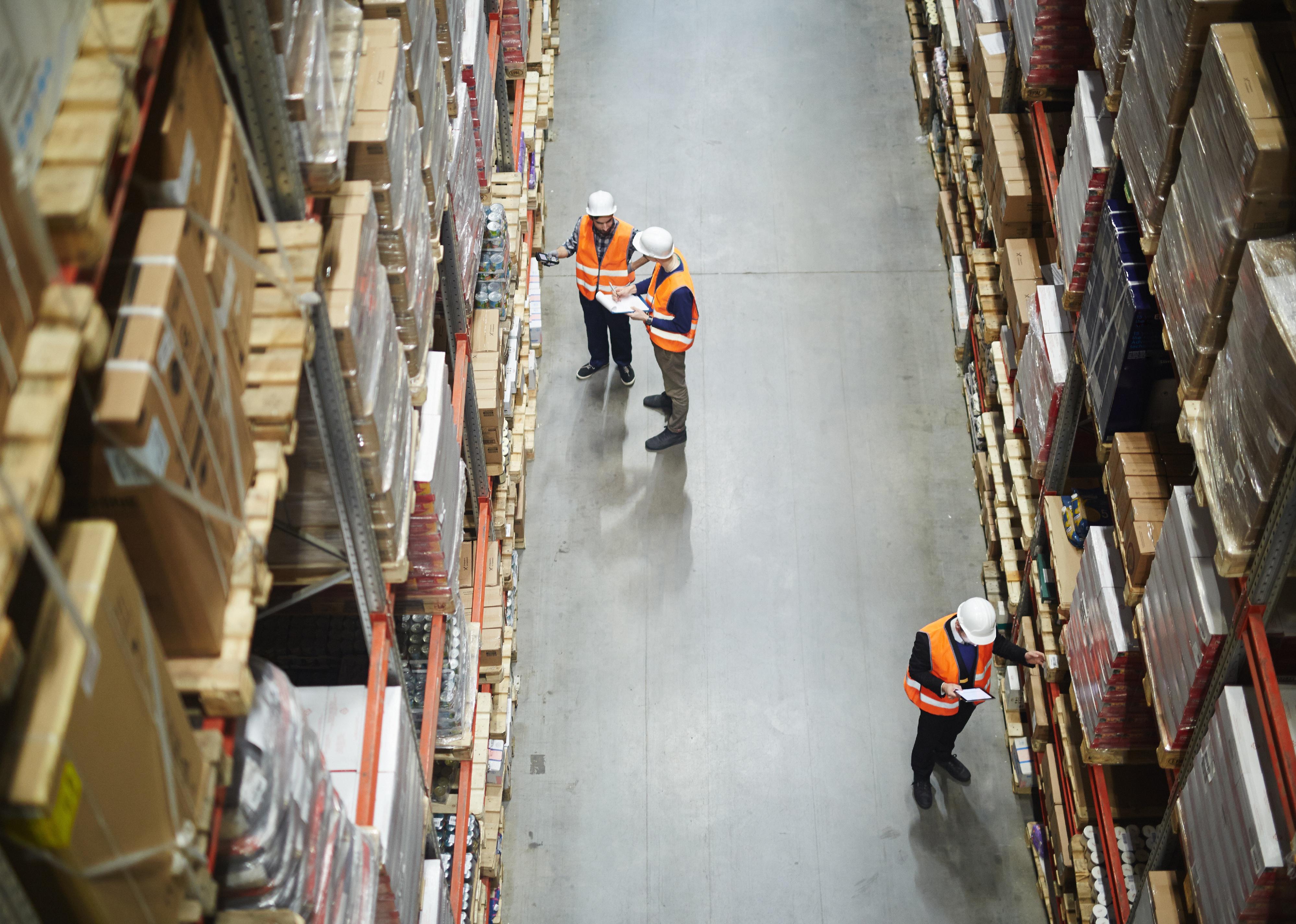The supply chain is still facing bottlenecks—here’s how manufacturers are responding
Travel mania // Shutterstock
The supply chain is still facing bottlenecks—here’s how manufacturers are responding
Container Cargo ship and Cargo plane with working crane bridge in shipyard.
Much as everyone would like to put the COVID-19 pandemic behind them, positive cases continue to circulate throughout the world and the economy is still feeling its persistent effects—including the disruption to global supply chains.
With the onset of the pandemic, staying home caused consumers to shift their spending away from services they could no longer use to durable goods—a pattern that continued even after businesses like gyms, salons, and restaurants reopened. Simultaneously, many manufacturers struggled to produce enough products due to COVID-19 lockdowns and labor shortages.
Once their goods were finally ready, businesses faced long cargo wait times and increased shipping costs. Russia’s invasion of Ukraine in early 2022 made matters more complicated by increasing the strain on European ports and limiting air cargo routes to avoid flying over the war zone.
The global supply chain is still recovering. Meanwhile, many economists, business owners, and manufacturers are wondering what the future might hold.
To underscore the need to be prepared for future supply chain bottlenecks, Get It Made compiled a list of strategies manufacturers are using to alleviate the supply chain issues that have plagued goods production since the COVID-19 pandemic began. Including simple changes such as using both domestic and international suppliers and more complex overhauls to workflows, these key adjustments could help reduce the effects of supply chain snags.
![]()
Zapp2Photo // Shutterstock
Relying on more than one supplier
Group of boxes and Automation robot arm machine in storehouse.
Single sourcing—using one vendor to supply one component or product—essentially puts all of a company’s eggs in one basket. Any delays or setbacks a supplier experiences will transfer to the receiving business, be it a weeklong delay on a shipment or a factory closing due to a natural disaster.
Many companies are strategically sourcing items from a combination of domestic and international suppliers. Using suppliers from different countries and regions reduces the concern about a single large storm pushing out a shipment or geopolitical issues in one particular country.
Don Pablo // Shutterstock
Planning for longer material lead times
Warehouse interior with shelves, pallets, and boxes.
Manufacturers always pay attention to lead times, which are how long it takes to receive materials after placing an order. Smooth production requires organizing components (each with its own lead time) to arrive in time. Consumers are increasingly aware of lead times too: Shorter waits between placing the order and receiving the product lead to higher customer satisfaction.
To avoid a situation where a customer is waiting longer than expected to receive their order, companies are building longer lead times into the manufacturing process. They assume suppliers will need more time to deliver materials and add more days to their estimate—and if they beat expectations, simply stockpile the components until they need them.
Blue Planet Studio // Shutterstock
Using tech to track assets
Computer screen showing inventory dashboard for storage and supply chain distribution.
Keeping track of the inventory in hand—including materials, components, and the finished product—is crucial all the time, but even more so when supplies are short.
Manufacturers are considering investing in automated asset management devices that allow them to track goods as they move through the supply chain. Internet-connected tracking systems streamline what could be a very labor-intensive, tedious manual task by collecting data wirelessly from antennas or tags attached to containers, boxes, or even specific items. Nike began using radio-frequency identification technology in 2020 to automatically identify and track all of its footwear, giving the company a more complete understanding of its inventory at all times.
Of course, this data isn’t helpful unless it’s actually used to make decisions. For example, collecting data on how long it takes to ship a particular component along a certain route can help a manufacturer look for ways to optimize its workflows in the future, increasing efficiency.
Vladimir Mulder // Shutterstock
Substituting materials
Rolls of galvanized steel sheet inside the factory or warehouse.
What happens if a business depends on a rare raw material—and no suppliers have a reliable source for it? Without a continuous supply, they must think creatively to devise an alternative solution. For instance, they might design the product slightly to work with another more accessible material.
Alternatively, they are shifting their business models. Take Toyota’s electric car business in Japan, for example. Because Toyota does not yet have a consistent supply of electric car batteries, the company is only leasing its electric cars rather than selling them, allowing it to maintain control of a scarce resource.
Pressmaster // Shutterstock
Adapting workflows
Above view of warehouse workers group in aisle between rows of tall shelves full of packed boxes.
Simply put: No one knows exactly what will happen with the inflationary and supply chain challenges, so businesses’ best bet is to learn to adapt to the new reality. Whether they are stockpiling inventory to deal with supplier shortages or changing the production process to make the most of the materials they do have, businesses everywhere are looking for ways to optimize their processes.
They are considering adaptations to reduce inefficiencies in workflows, crafting offers to win over customers who might be frustrated by delays, and identifying strategic ways to reposition their businesses. Global supply chain issues might be out of their control, but even small tweaks could help these businesses remain successful.
This story originally appeared on Get It Made and was produced and
distributed in partnership with Stacker Studio.
